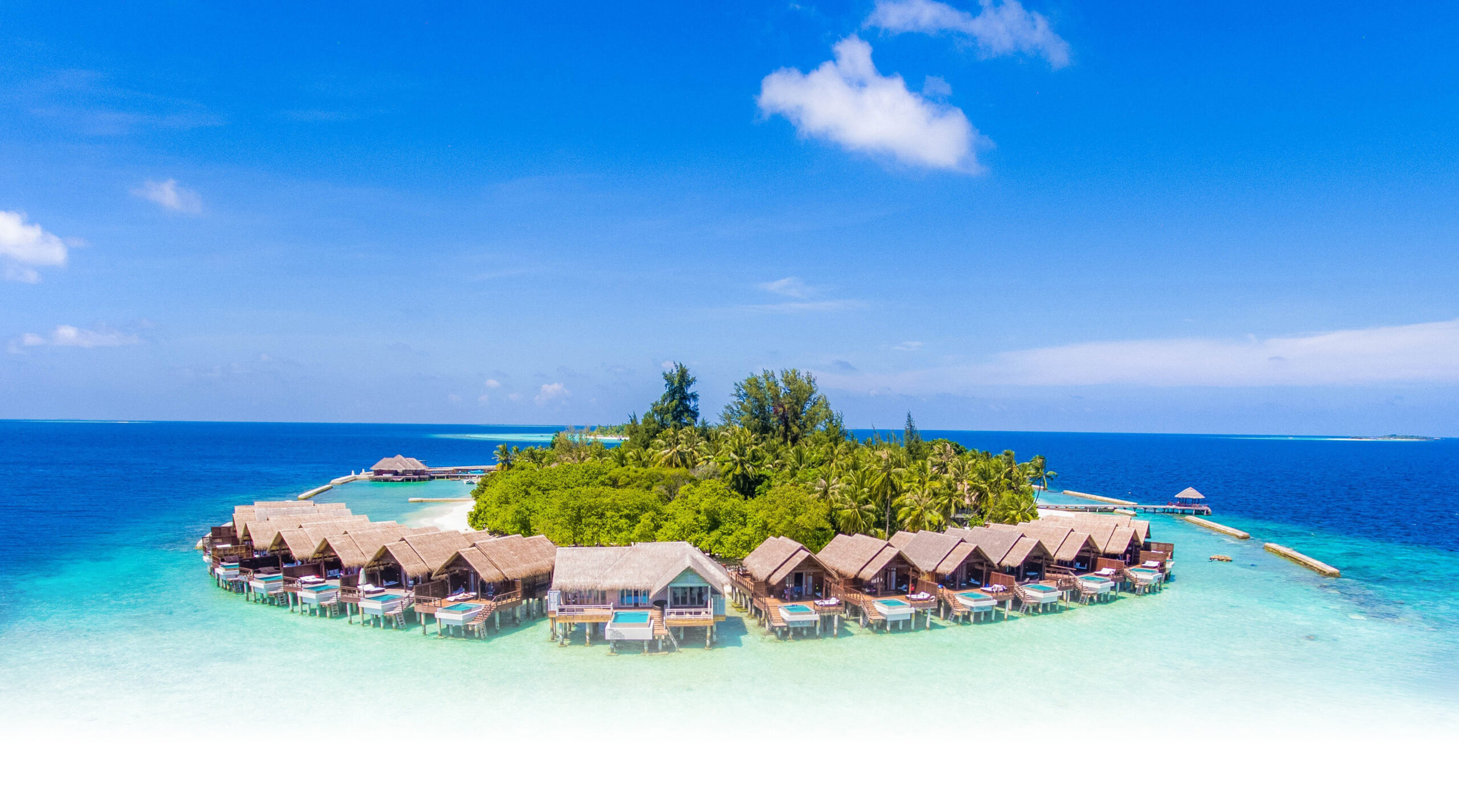The first design hotel in Maldives, Cocoon Maldives is set to reopen on 15th July 2020. After almost three months, the luxury island resort is preparing to welcome guests for a thrilling adventure again.
Set amidst the pristine waters of Lhaviyani Atoll, Cocoon Maldives offers a timeless vacation with its sophisticated luxury. As a country renowned for ‘one island, one resort’ concept, resorts offer the privacy to enjoy an isolated getaway.
The luxury island resort features 150 stunning villas with contemporary interiors designed to offer ultimate comfort to relax and unwind. The resort offers great choices with 06 different styles of accommodations. With beds that float in the air, rustic wildwood tables, beachfront terraces overlooking the cerulean lagoon, sun loungers and day beds with swimming pools and outdoor showers, the resort delivers chic luxury for an affordable holiday.
Ensuring guests are spoilt for choice, Cocoon Maldives offers a selection of diverse cuisines at the resort’s three restaurants and two bars. The resort’s Cube Spa brings a wide range of therapeutic treatments from various corners of the world, assuring an elevated spa experience.
An array of enthralling activities such as excursions, dolphin cruises, diving and snorkelling will ensure an adventure like no other. The rich marine life of Lhaviyani atoll makes for thrilling experiences in exploring the pristine waters. Daily entertainments at the resort include live bands, disco, Maldivian cultural shows and more. Cocoon Maldives is also home to the first of its kind open air design gym in Maldives, ‘the tree of wellbeing’ is unique gym inviting art lovers and fitness enthusiasts towards a nature friendly workout concept.
Cocoon Maldives is located at a 30-minute scenic seaplane journey from Velana International Airport. Offering a timeless escape from the daily routines, Cocoon Maldives is the ultimate getaway to revive and reconnect with nature.







